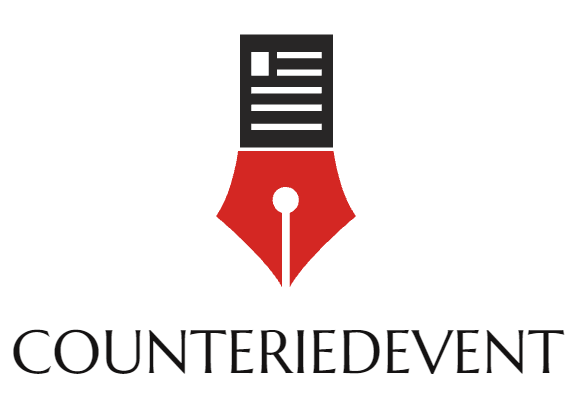The surface finish of a metal part is often made smoother with the application of a special abrasive. These coatings can be extremely hard or smooth, providing a good contact surface for motion. Other finishes can be visually appealing, and include silk-screen marking and varnish. It is important to select the right process for the specific materials that are being treated. So, how do you choose the right material for your needs? The following are some tips to make your process more productive and efficient.
In recent years, manufacturing processes have become increasingly complex and automated, requiring more sophisticated surface treatment. While traditional cleaning methods may be effective for preparing entire surfaces, they may not be effective for ensuring a bondable surface. Leadrp has developed a wide variety of processes to meet a variety of needs and applications, including aerospace, automotive, household appliances, HVAC systems, metal packaging, and agricultural products.
When it comes to mechanical finishing methods, file and polishing are two of the most common. They are used to shape metal components. Files are small, handheld tools with sharp cutting teeth. As the name suggests, these tools have a coarse cutting edge. The resulting surface finish is usually rough, and additional processes may be necessary to make it smoother. However, filing has the added benefit of being visually pleasing. The process also makes it easier to create complicated shapes.
Several different types of chemical methods are used to treat the surface of metal parts. In some cases, the coatings are sulfide or oxide, which are used to increase the wear resistance of the parts. Other treatments, such as chemical etching, create thin films of these materials that are applied to the part. These coatings are often highly resistant to damage. Using the right techniques will ensure a flawless finish on any metal or alloy component.
In addition to painting and plating, surface treatment can be used to improve the finish of 3D printed parts. This process uses acetone to melt away indentations on a part. The process is difficult to control and can result in small external features being melted away. After the process, the 3D printed parts will have a smooth surface. It is also important to note that chemical vapour smoothing does not affect the final appearance of the part.
The most common chemical vapour smoothing method is the process of melting away layered indentations from aluminum. This process is difficult to control, and can destroy small features. Anodization is an excellent choice for preventing corrosion on aluminum and other metals. In addition to improving the look of the metal, it also protects the product from external elements. When it comes to 3D printed parts, a coating is a great way to add the finishing touch to any project.
Conclusion
When choosing the appropriate technique for your part, keep in mind that not all metals respond to the same methods. In fact, some metals are too soft to be sanded by a strong abrasive. For these types of materials, choose a gentler method and you will be pleased with the final result. In addition, sanding processes can make the parts look visually appealing. If you are looking for a smooth, flawless surface, it is recommended to use a machine that can apply abrasive materials properly.


